To continue our series on surgical c-arms (last week we kicked things off with an article introducing what a c-arm is) we thought we would explain the different types of c-arms. Surgical c-arms commonly come in 3 types, all based on size. There is your Full-Size model, your Compact model, and your Mini version.
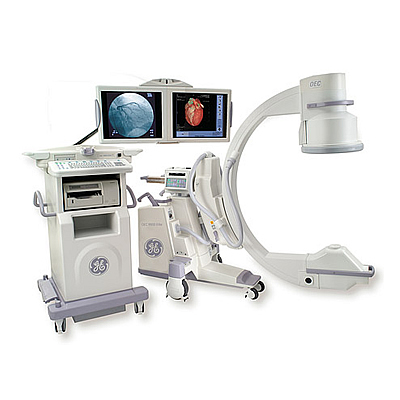
Full Size C-Arm Systems:
Full size c-arms are the most common. Some examples are the GE 9900, and 9800, Ziehm Vista and Vision, Philips Pulsera, and Siemens Arcadis line up. These generally consist of a “C” shaped mobile unit (the c-arm) and a separate monitor cart. The C-Arm portion contains the image intensifier, the x-ray tube, the “C” shaped arm that rotates, and the general controls for the unit. The monitor cart portion contains a dual set of monitors (they range in size based on make and model), as well as the keyboard for patient identification. Other things commonly included on the monitor cart include the DICOM system, paper printer, storage for operators & service manuals, and the skin spacer cone that is required by most states for patient safety.
With the full size c-arm systems there are both pros and cons. Some of the pros to a full size unit include large dual monitors, powerful generators, full size “C”, and room for large format printers. The biggest downside to a full size c-arm is the space requirements. Since you have two large pieces of equipment it will require that your room size be sufficient to hold not only the c-arm and monitor cart but also the imaging table and any other furnishings required for your specialty.
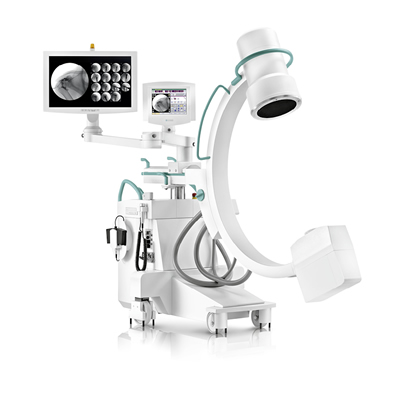
Compact C-Arm Systems:
The compact c-arm was developed as a way to save space for those with room size limitations. By adding the monitors to the c-arm itself, a compact eliminates the need for a separate monitor cart. Some common examples of this are the OEC 7600 and 7700 compacts, the Ziehm 7000 compact, as well as the Ziehm Quantum and Solo. Older compact units usually have single monitors on them with a small format paper printer, however, the new units such as the Quantum or Solo offer dual monitors or a large oversized single monitor.
Like full size units, the compact c-arm has pros and cons. The biggest benefit is, of course, its ability to eliminate the separate monitor cart found on full size systems which saves space and still offers the ability for a full size “C” that allows imaging capabilities of the entire patient’s body. The other big benefit is that since it’s smaller and a single unit it makes it easy to move throughout the facility. The downside to compact units, however, can be the fact that based on what model compact you go with you can lose a second monitor. In addition, in most cases, the compact models don’t offer as powerful of imaging chains as the full size systems, so if you’re doing a heavy caseload or large number of patients this can cause issues.
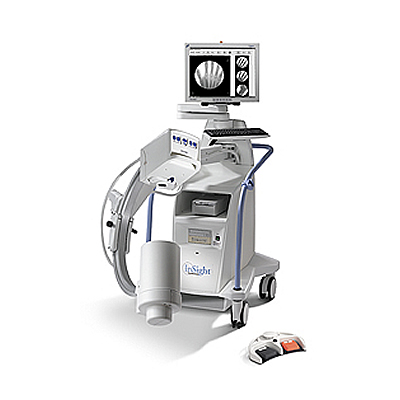
Mini C-Arm Systems:
The mini C-Arm is almost the complete opposite of the compact system. Some popular makes and models of the mini c-arm include the Hologic Insight, Orthoscan HD, and GE 6600 and 6800. Instead of moving the monitors to the “C”, it shrinks the “C” and attaches it to the monitor cart. Mini c-arms are used primarily for extremities such as hands, feet, arms, and legs, as the “mini” C doesn’t have the larger opening of the full size units, and cannot fit the torso between the image intensifier and x-ray tube. The mini c-arm is the most compact of all surgical c-arm systems and can easily fit in a room with other types of equipment. Due to its ultra-small size, it’s the most mobile of all the c-arms.
Some of the downsides to the Mini C-Arm include a max of a 6” Image intensifier (for a larger field of view you have to move up to a compact or full size unit). Also, the kVp and mA on the mini c-arms are not near as powerful of the larger units, however, if you’re using it for its intended purposes of extremities it shouldn’t be an issue. One last concern with a mini c-arm is that fact they are more fragile than their full-size and compact counterparts. The electronics are more compact, and the “C” section itself can move easily when moving the unit from room to room and often get knock against walls or doorways, in turn damaging the unit.
Recap:
To recap, the Full Size C-Arm includes a separate “C” unit and monitor cart, compared to the Compact C-Arm that is a “C” unit with the monitors attached and the Mini C-Arm is a monitor cart with a downsized “C” attached. Each system has its ideal use, and one can be selected over the other based on your facilities needs and requirements. For additional photos of the different c-arms visit our c-arm catalog, or for additional help on selecting the right unit for your practice give us a call or send us a request we would be happy to help.
Be sure to keep checking back for additional posts on c-arms and as well as tips and tricks on other various surgical equipment.

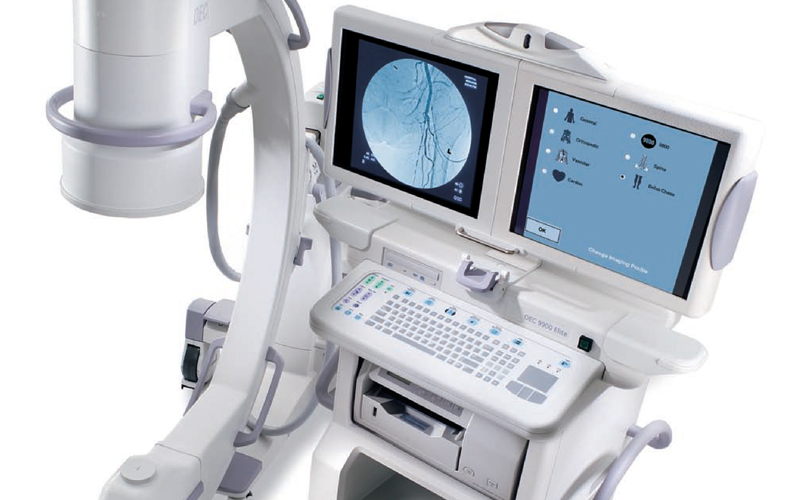


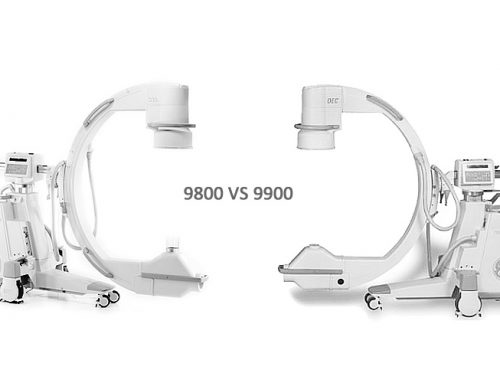
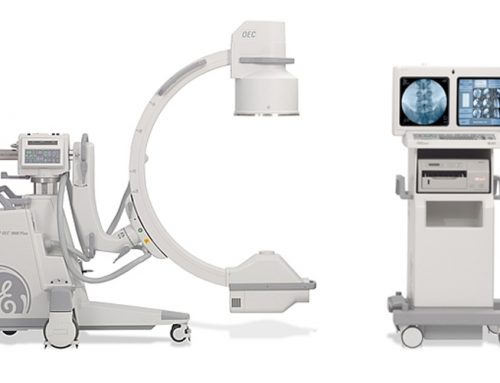
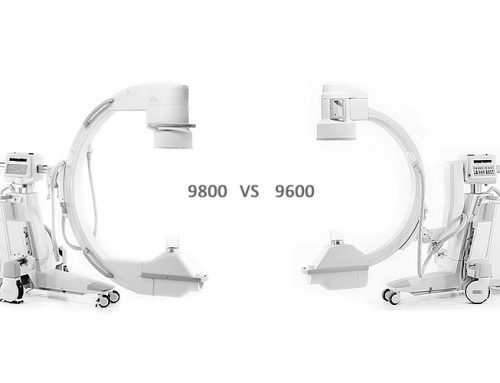
Leave A Comment
You must be logged in to post a comment.